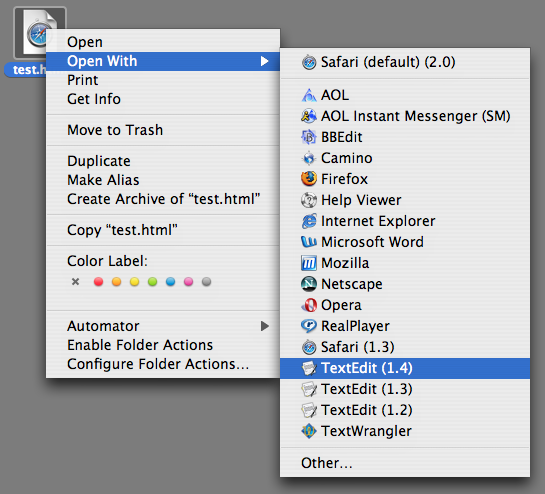
If you’re not sure where to start, head over to Jupyter’s website for official documentation. Once you start Jupyter, you’re all set to create new notebooks, start a project, and create a coding environment of your choice. After the installation has finished, launch JupyterLab with: $ jupyter-lab
Mac notepad 2 download#
This will successfully download once you click install.
Mac notepad 2 install#
Now, run the following command on the terminal to start Jupyter: $ pip install jupyterlab Once you have pip ready, make sure you have Pip added to your PATH environment variable in your library. You can see your pip version from the command line using: $ pip -version Pip comes pre-packaged with the latest version of Python 3.Ĭheck to see if you have the latest python version installed as before. The other most popular package manager is Pip.

You can now start Jupyter notebook using any of the following commands: $ py -m notebook If successful, the Jupyter notebook will be installed on your machine and ready to use. On the command line, type: $ conda install -c conda-forge jupyterlab The conda package manager will provide you the command to install the Jupyter notebook for you. Conda is an open-source, cross-platform package manager which comes pre-packaged with Anaconda’s packages. Other packages exist, but these are the most straightforward to use for new user installation. Once you have your python environment ready, you can use either the pip or the conda packet manager to install Jupyter on your machine. Make sure you have the latest Python 3 version for the best Jupyter notebook coding environment. If you see an error, either you do not have python installed, or python has not yet been added to the path.

If successful, PowerShell will echo with the python version printed on the terminal. Once the terminal has started running, type the following command: $ python -version You can also use the anaconda terminal to run python 3 (or any other version). Check if Python is installed on your machine in three simple steps: Windows Usersįor Windows users, installing a new instance of Jupyter is simple.įirst, check to make sure you have python installed on your machine and ready to use. Anaconda is available for download on the official Anaconda website – both new and old distributions of Anaconda are available.Ĭomplete installation instructions for Anaconda and additional packages are available to download on the Anaconda website as well. You can also install Python using Anaconda, which will provide a rich environment on your notebook with prebuilt packages distributed.
Mac notepad 2 full#
The website has full instructions to download and install python 3, as well as new releases. If you need to install python, make sure you check for the latest version on the Python website. In either case, you’ll need to have python has been pre-installed on the machine. The method differs depending on whether you’re using Windows or OS X. Installing Jupyter notebook is often done using packages from package managers.
Mac notepad 2 code#
Jupyter is a programmer’s notebook containing both codes and images, hyperlinks, or other “Rich text elements.” A Jupyter notebook may also have tables and cells for importing code and live data analysis.Īlthough Julia, Python, and R were the first languages that Jupyter notebook was built to support (and named after), new versions offer support for multiple programming languages. Step 6: Verify Your Jupyter Installation.



 0 kommentar(er)
0 kommentar(er)
